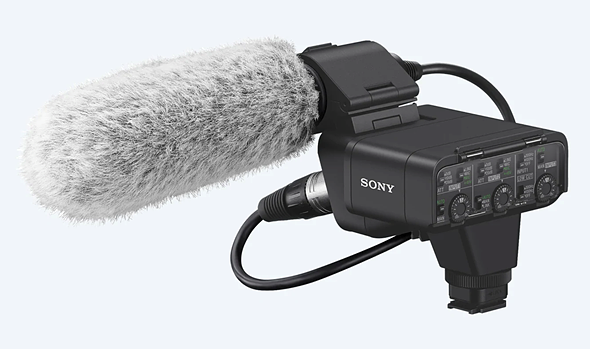What does the Canon EOS R5 and EOS R6 mean for Videographers?
Just last night, Canon announced it’s flagship mirrorless camera the EOS R5 and little brother EOS R6 will be available for purchase.
The EOS R5’s most noticeable selling point is 8K raw video. 8K RAW video in my opinion is not a very usable feature for the average videographer. This is because the file sizes are MASSIVE. 1 minute of 8K raw video is 18.67 GB! So I think this is more of a gimic. I’m not sure who would use this feature on the EOS R5 to be honest. But let me know in the comments if you would?
The other awesome updates that both the R5 and R6 include are dual memory card slots, C-log, 10 bit 4:2:2 colour space and improved auto-focus that tracks eyes and faces and even animals. Check this video by DSLR Video Shooter for more information on these features.
As a videographer who is already invested in Canon (I own 2 x C100mkii’s) these new cameras could be a great tool to use in certain situations.
When do mirrorless cameras help a videographer at his job?
Often my work day can be unpredictable, I did a shoot last year which saw me running around Great Barrier Island capturing an adventure challenge. I thought we weren’t going to do much hiking and that we would be transported mostly by boats and car. However we ended up having to walk for a solid 3 hours on really tricky terrain. After 3 hours of walking carrying my C100mkii and lens, I was completely spent & tired. See the video below.
The R5 and R6 are light enough but have enough features to be a game changer in the above example.
Focus
Having auto-focus in a camera that you can trust is essential for a working videographer, well that’s in the style that I work which is mainly run and gun. Most of the time the jobs that I do, I just want to get the camera out and shoot and capture the action. I don’t have time to manually focus. Dual Pixel auto-focus is a feature in the C100mkii that I can’t live without and to see that it’s even better in the R5 and R6 is a real big feature to me.
In Body Image Stabilization
IBIS is something that can make handheld camera operating really doable, this means that you don’t have to have a heavy shoulder rig or tripod especially on more action packed shoots.
Internal ND Filters
Using the lens adapter from RF to EF lenses means that you can effectively have built in ND filters behind the lens. This feature is seriously amazing. Built in ND is something that is typically only found in very expensive cinema cameras.
What’s lacking?
In my opinion the biggest thing that is lacking from the Canon mirror-less cameras for professional videography is an XLR adapter like that offered by competitors Panasonic and Sony. See below
A much needed accessory for a professional videographers.
High quality sound recording is very important for interviews and most of the work that I do includes interviews. I’m not sure why Canon doesn’t offer something like this. But without it I would only ever use these mirror-less cameras as a B Cam, filming supplementary b-roll for videos.
Overall, I am very excited for these cameras to be released. I look forward to seeing the initial content that is filmed with them online. I think the EOS R6 would be the best fit for someone who like me, wants to save on hard drive space and needs a camera to be reliable without overheating issues.
What are your thoughts on what the R5 and R6 mean for videographers?


